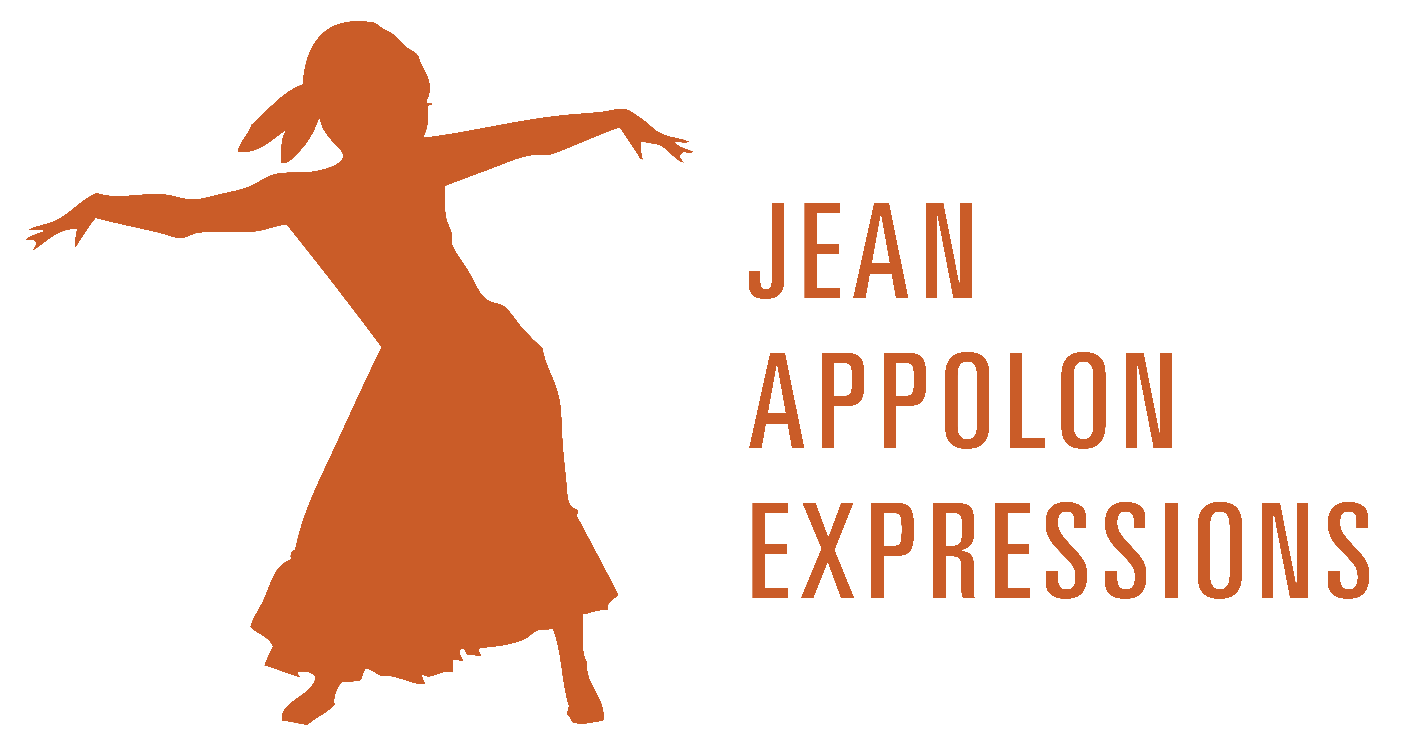Our next artist of The Traka Interviews is Kim Holman (she/her) of Luminarium Dance. Kim is a long time choreographer and dance maker in the Boston area and focuses on exploring human social narrative in her work and encouraging authenticity in her creative process. We reached out to Kim and asked her about her creative process in relationship to Traka here at JAE.
Who are you, and what do you do?
I am Kim Holman, I lead Luminarium Dance, and make interdisciplinary dance theatre. I like to summarize my creative process and the work that I make as something that explores human social interaction and behavior, both real and fictitious, miniscule instances or broad patterns, through comedic, dark, sensory or abstract narrative. I'm also a personal trainer, amateur boxer, bee keeper, current Boston Dancemakers Resident, and a dog mom!
How do you approach the healing of collective trauma in your work?
As an artist I view my role in society as a storyteller, which includes a lot of listening and finding ways to share what I've learned with an audience. I think about what I can offer from my own lived experiences and observations, attempt to enable and encourage other voices, and present work that asks questions of an audience to inspire small scale change. As someone that works heavily with light, I like the idea of "shining light" upon concepts I feel like I can speak to. My most recent work, 'Contradictions + Casual Self Loathing', was based not only on my own experiences as a woman, existing within the day-to-day and dealing with such topics as shame and violence, but also nearly fifty interviews with other women. While the piece debuted last November, and I do plan on sharing it again, I've felt the primary need to continue the interview practice as so many of my interview subjects found the conversations beneficial to their own health, healing, and thinking. I think a lot about if this is "enough" in considering collective trauma and activism, I don't really have an answer for that, but it is something I can do.
How is this shaped by the traditions or communities you come from?
As many of us have, I've experienced a lot of individual trauma in my own life. As a listener, I am aware that so many of us are healing from similar situations on the individual scale, let alone the global scale reeling from massive civil rights violations and daily bombardment. Examining community influence on a personal level, my mom is a therapist and I've had the gift of permission to think openly about mental health and trauma for much of my life. Similarly, my grandparents modeled storytelling from their own cultures and lives from my earliest memories. My practice is shaped by my observations, my interactions with the world, and my support system of generous friends and peers.
How do you define or envision collective healing? What practices does it include? What does it look and feel like in your community?
Collective healing is coming together to understand collective trauma and envision the roads to feeling ok. To me, the spark behind collective healing is good communication—learning how to express oneself, but even more so, learning how to be an engaged active listener. In my own community (I'm also thinking of my rehearsal room) this is built on trust, in setting up a space where everyone feels supported, valued, and respected, and hopefully comfortable enough to explore their vulnerabilities, take risks, and share.
What are some things that could help your dance community do this work even better?
I think the broader dance community needs more opportunities to speak and share space with one another, without any sort of agenda or guidance in the room. To talk about ourselves as humans and actually get to know one another, without feeling the pressure to market ourselves and advocate for our practices. I think this is also true of my own smaller network and in producing my own work—we invite audience members in to interact with our work, but we don't really know who is in the room and what they might bring with them. I think this pratice would generate more engagement, more mutual support, and therefore a wider opportunity to make change with one's work.
What is one healing or movement practice you can suggest for others?
I'm a big fan of any activity that encourages intense internal listening. Authentic movement, slow walking, mindfulness... I especially enjoy the practice of quieting my body, closing my eyes, and internally searching for body parts! One day I might try to check in with my pinkie toes, really trying to put my head in my feet and find the sensation of where my toes meet their external surroundings, another day I might be stuck in a desk chair so I'll take a moment to think about my scapula, and where they meet the back of the chair. It's either this, or getting in the boxing ring—both let me find my limits and bring me physical release in very different ways :)
If you would like to keep up with Kim and Luminarium, you can follow their upcoming performances here:
Upcoming Performance:
Common Circus: a work in progress showing
Boston Center for the Arts Plaza Theatre
June 10 & 11 2022


